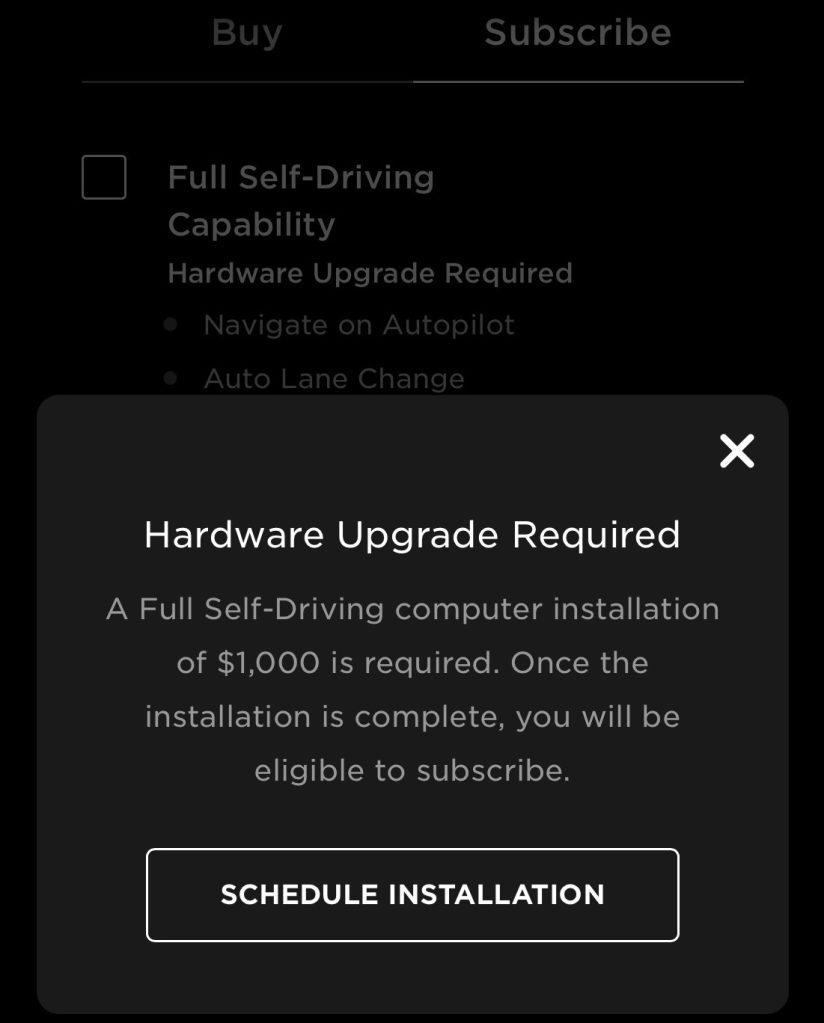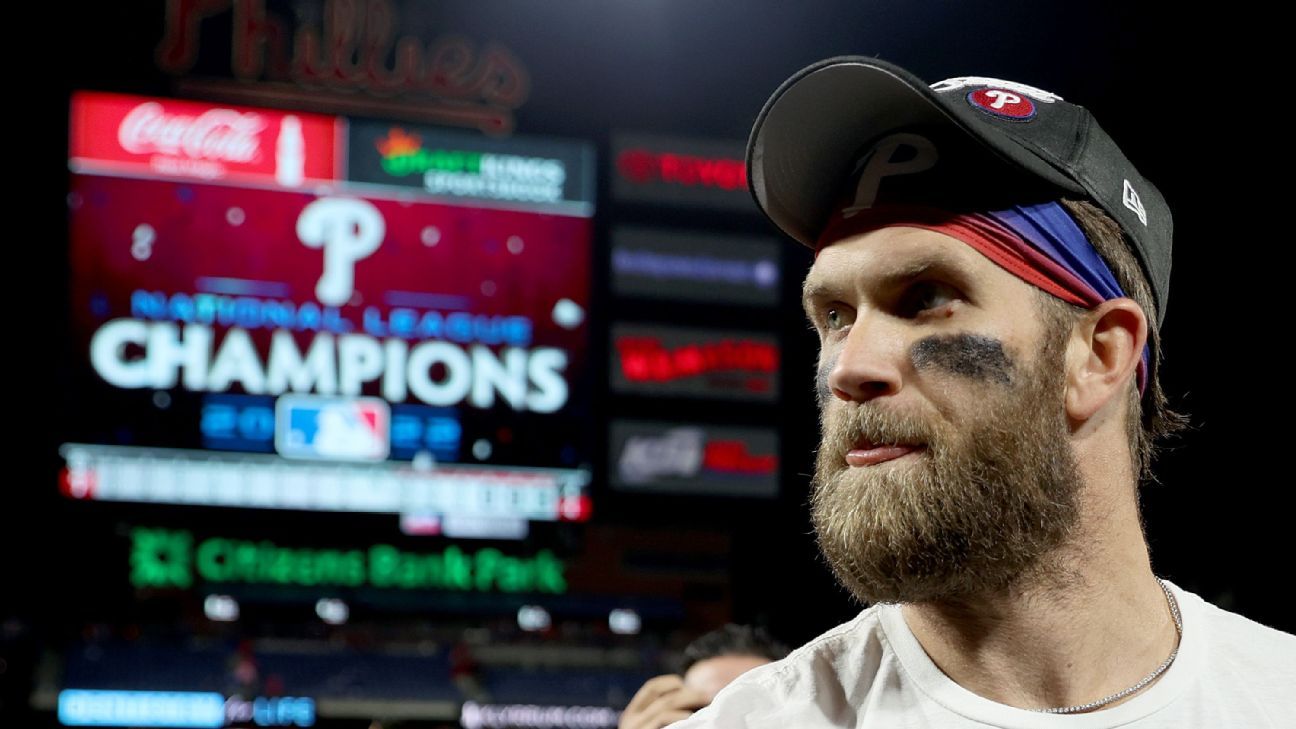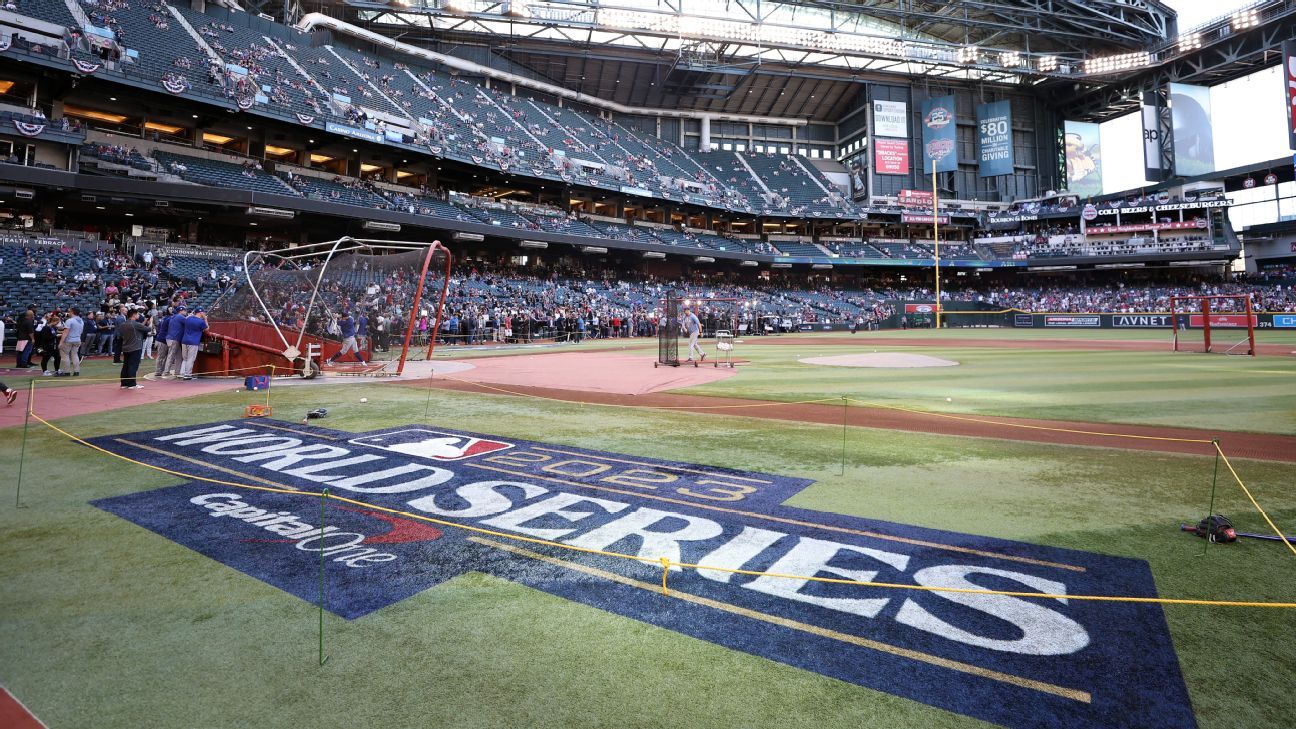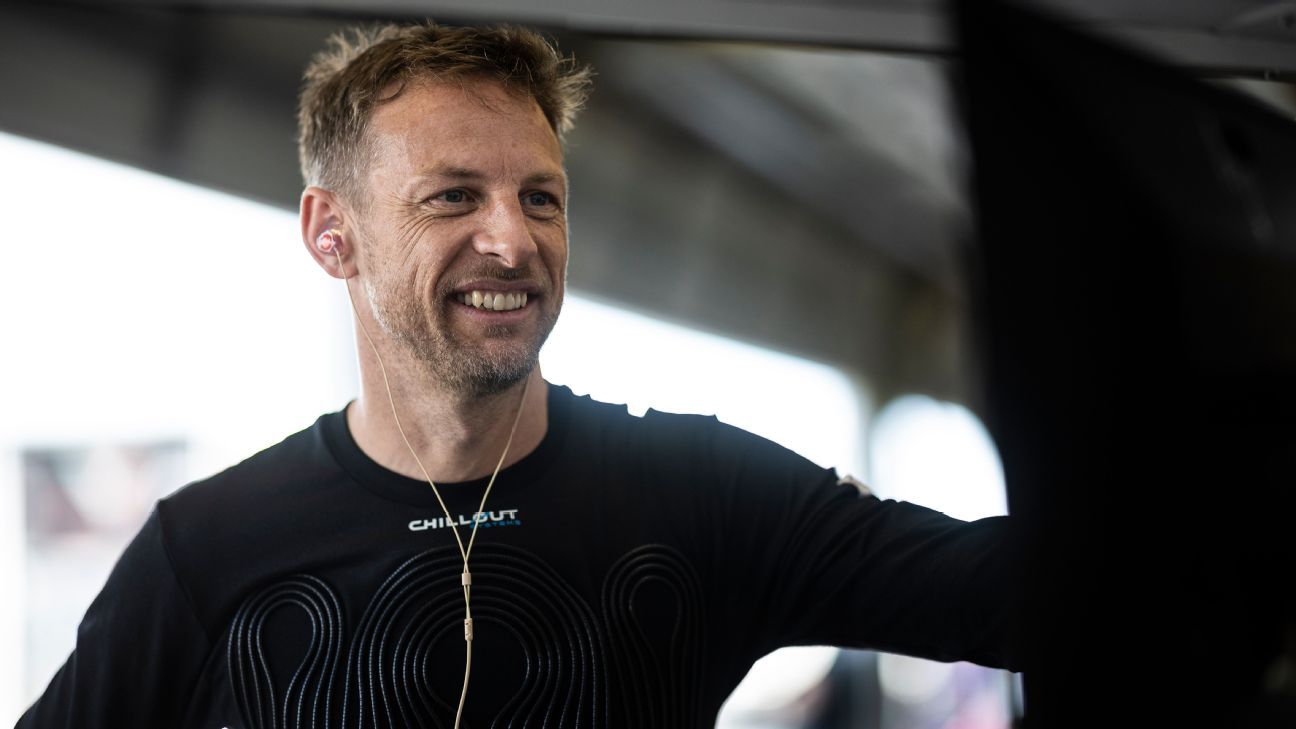Tesla has dropped the price of their FSD Computer/Hardware 3.0 upgrade to $1,000, from the previous price point of $1,500. This applies to vehicles that still have Hardware 2.0/2.5 computers and want to try the new Tesla FSD subscription service rolled out this weekend.
The move comes after significant criticism from Tesla forums and from us here at Electrek, who pointed out that Tesla is charging owners to upgrade to hardware they were already told they had.
Our previous story lays out the whole situation, and we won’t completely repeat it here. Click through if you want more details.
Here’s a quick recap: all vehicles Tesla sold from late-2016 to mid-2019 purportedly included the appropriate hardware for Full Self-Driving capabilities. This was not functional yet, but would be utilized as Tesla further developed its Autopilot software. Eventually, Tesla found out they needed a hardware upgraded, and started shipping cars with a more capable Autopilot computer. When owners of cars with the old hardware bought the Full Self-Driving package, they would be upgraded for free to the new computer. Then Tesla introduced a new subscription model, but started charging people with the old hardware $1,500 for the hardware upgrade, even though those owners had bought the car thinking they had the proper hardware for Full Self-Driving.
After seeing the backlash from forums, Electrek, and other publications, Tesla seems to have taken this criticism at least partially to heart, and customers in the same situation who go to upgrade in the Tesla app are now shown a $1,000 upgrade cost, rather than the previous $1,500:

We have also seen reports that anyone who has scheduled an installation in the last few days will receive a refund for the $500 difference.
According to a teardown by EE Times, Tesla’s HW 3.0 system costs about $190 per unit – though, to be honest, this seems a little low to us. Also, this is simply hardware cost, and doesn’t include any service or logistics costs for the retrofit installation.
Electrek’s Take
While this is a step forward, it’s still not zero. Tesla sold these vehicles with the promise that they had the hardware for self-driving capabilities, so it does not seem ethical to charge additional money to owners who bought the vehicle with that promise simply in order to restore a capability that they were told they already have.
Yes, things have changed since then, but a person who bought a Tesla in 2017 did not know that HW3 would be required for Full Self-Driving, as that announcement wasn’t made until 2019.
Tesla did right by those owners previously, by offering free upgrades for those who bought Full Self-Driving, but they’re still not doing right by the owners of late-2016 to mid-2019 cars who subscribe to the new subscription feature.
We don’t know what Tesla’s specific concerns are which led to this decision. It’s possible they thought that if enough people subscribe for one month and then cancel their subscription, the cost of installing hardware in those vehicles would result in a loss for Tesla, and those cars wouldn’t be gaining any functionality from the new hardware anyway. From their current point of view this makes some sense, but remember: they still sold these cars as if they had Full Self-Driving hardware. Upgrades required to get to that point should be Tesla’s responsibility, not the owner’s.
Fred had a suggestion for a compromise that Tesla could implement, which does alleviate this possible concern:
I had been thinking something similar. Tesla could have introduced the subscription service with a minimum contract, or as Fred states, perhaps a credit of several free months in exchange for a lump sum upfront to cover the hardware upgrade. This would have been an easier sell, as customers wouldn’t feel like they’re losing out on any money, even though they should have already had the hardware for FSD.
They likely didn’t do that because they wanted to keep subscriptions easy, but If they had done this from the get-go, they probably could have avoided the anger of customers who feel jilted at having to pay for hardware they thought they already had.
In the end, the most fair solution is just to take it on the chin and install this hardware for free to people who bought a car that was marketed as having Full Self-Driving hardware. Maybe Tesla takes a short financial hit from this, but if they’re proud enough about the system and think its capabilities are worth 199/month, they’ll eventually recoup those upgrade costs and more.
Besides, it was a promise, and for a company that has grown largely due to the loyalty and word of mouth of its early customers, it’s not just the right thing to do, but the smart thing to do. We’re glad they made this change, because it means they recognize they were wrong and are receptive to criticism, but we’d really like to see the price go down to what it should have been all along: zero.
Subscribe to Electrek on YouTube for exclusive videos and subscribe to the podcast.














